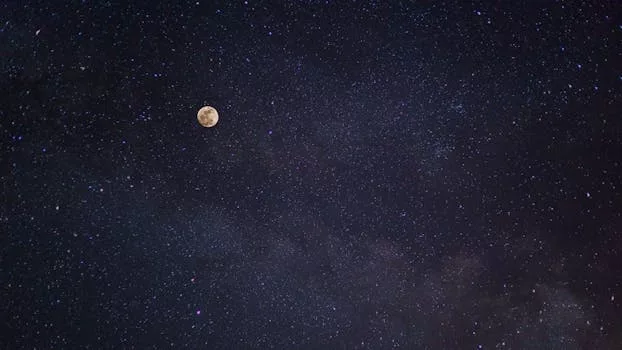
“
Beyond the Milky Way: Imagining New Worlds and Possibilities
Introduction to Beyond the Milky Way
Beyond the Milky Way: Imagining New Worlds and Possibilities is an exciting topic that has sparked the interest of many space enthusiasts and astronomers. The idea of exploring new worlds and possibilities is a concept that has been around for centuries, but with the advancement of technology, it has become a more tangible goal. In this article, we will explore the possibilities of new worlds and the technology that is being developed to make space travel more accessible.
Understanding the Milky Way
Before we can start imagining new worlds, it’s essential to understand our current galaxy, the Milky Way. The Milky Way is a spiral galaxy that consists of hundreds of billions of stars, including our sun. It’s estimated to be about 100,000 light-years in diameter, and it’s thought to contain between 200-400 billion stars. The Milky Way is just one of the many galaxies in the observable universe, and it’s estimated that there are over 100 billion galaxies in the observable universe. For more insights on our galaxy, check out Charting New Realms: The Journey of Imagination Beyond the Stars.
Imagining New Worlds
With the advancements in technology, we are now able to imagine new worlds and possibilities. NASA’s Kepler space telescope has discovered thousands of exoplanets, some of which are believed to be similar in size and composition to Earth. The discovery of exoplanets has opened up new possibilities for the search for life beyond Earth. Scientists are now using advanced telescopes and other technologies to study these exoplanets and determine if they have conditions that are suitable for life. This exploration is akin to Soaring Through the Cosmos: The Power of Imagination Beyond the Stars.
Takeaways
- The Milky Way is just one of the many galaxies in the observable universe.
- There are over 100 billion galaxies in the observable universe.
- NASA’s Kepler space telescope has discovered thousands of exoplanets.
- Some exoplanets are believed to be similar in size and composition to Earth.
- Scientists are using advanced telescopes and other technologies to study exoplanets and determine if they have conditions that are suitable for life.
Conclusion
In conclusion, the possibilities of new worlds and the technology that is being developed to make space travel more accessible are exciting and vast. As we continue to explore and learn more about the universe, we may uncover new and exciting discoveries that will change our understanding of the cosmos. The idea of imagining new worlds and possibilities is a concept that has been around for centuries, and it’s an idea that will continue to inspire and motivate us to explore and discover more about the universe. For further reading, visit Beyond the Milky Way: Imagining New Worlds and Possibilities.




